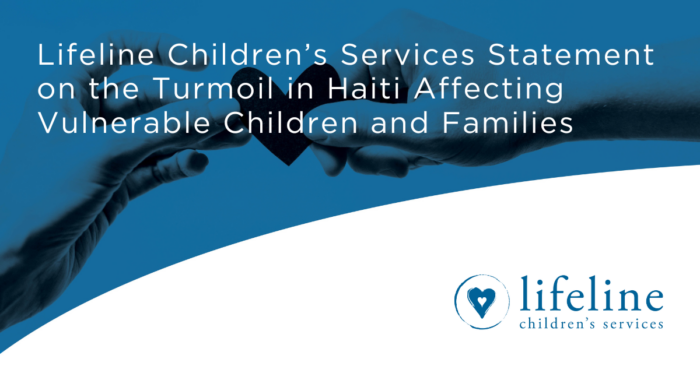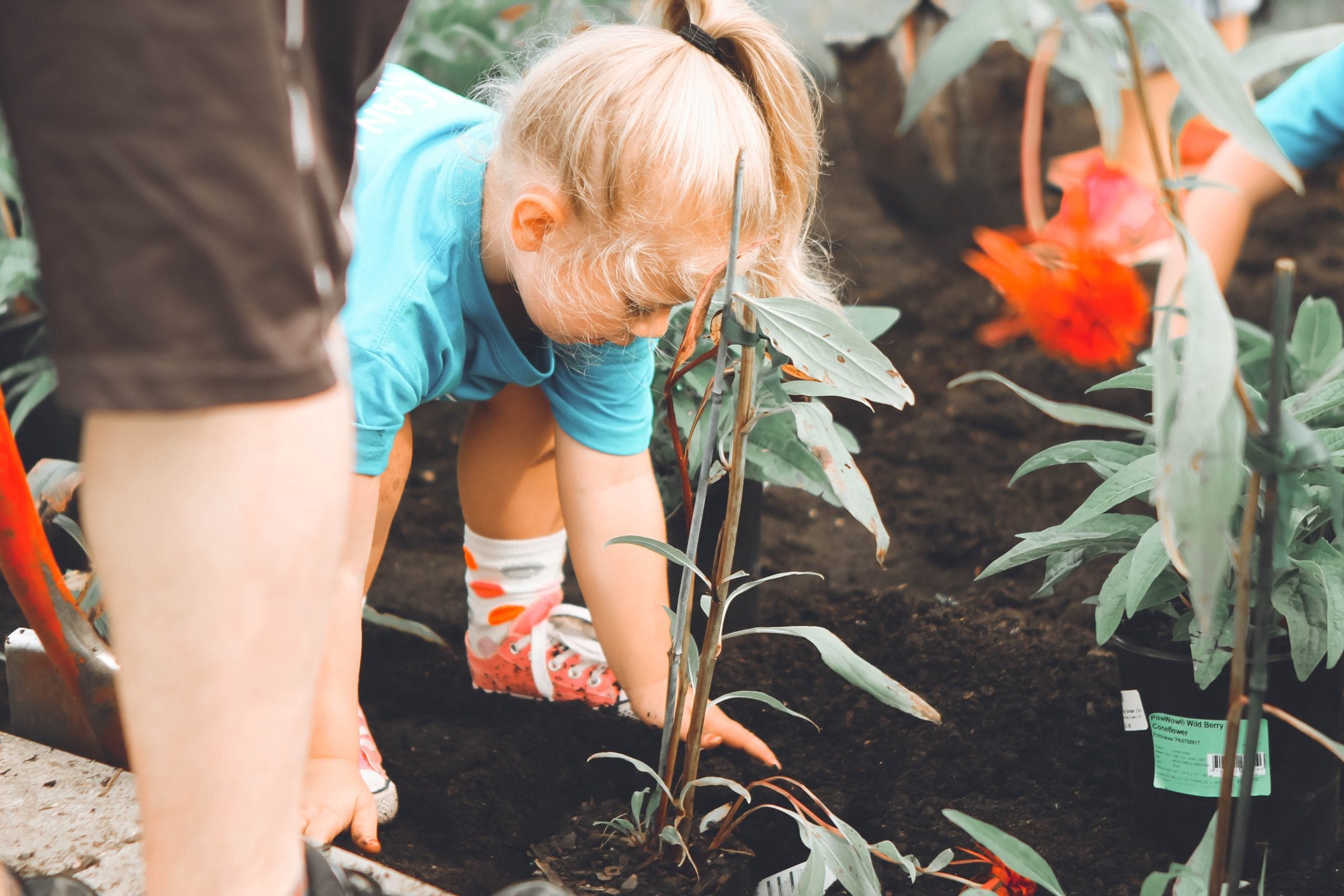At the outset of the COVID-19 outbreak, Herbie Newell, president and executive director of Lifeline Children’s Services, gave the Lifeline team the challenge to be a “good neighbor” and pray as we began to work away from our offices and in our homes. It has now been more than a week, and as much as I love my family and am thankful we have this opportunity to be together, I would be lying if I did not say that I am a bit nervous about spending another seven days “learning” to love each other well.
Although I have enjoyed a clean house, the new headboard my son made me and sitting around the dinner table with all three of my children, I have seen my sinful side emerge as well. In the moments when my lid flips or I find thoughts “stuck” in my head, I am thankful for the tiny habits I have learned from many authors, counselors, preachers, scientists, and friends over the years. I keep reminding myself to, “Stop, Breathe, and Start Again” or as Pastor Bob Flayhart, of Oak Mountain Presbyterian Church in Birmingham, Ala., says, “Repent, Believe and Fight.” The truth is that we all need some strategies to help us when are “flipping our lid.”
At Bridge Educational Services, our team encourages you to understand your story so that when you do find yourself overwhelmed and stressed in the “red zone” emotionally, you know what it takes and how to get back to a calm, reasonable place of the “green zone.”
There are things that we can do to train our bodies and minds to stay in or more easily get back to “green.” One of those tools or strategies that help us stay in there is working on motor development. In last week’s tip the Bridge Team encouraged you to strengthen your brain development through primitive reflex exercises. This week we are going to walk through sensory development and its impact on the brain, along with how our own and our children’s senses can impact behavior and reactions to situations that arise around us.
First of all, what are the senses? Most people think of the five senses we learned in school: taste, smell, sight, touch and hearing. But we fail to mention three additional important senses: the vestibular, proprioceptive, and interoceptive systems. Here are some definitions of these three other systems.
Vestibular: “The vestibular sense has to do with balance and movement and is centered in the inner ear. When we move our heads, the fluid in the tiny organs of the inner ear moves and shifts, which constantly provides us with information about the position of our heads and bodies in space” (Sensory Processing 101).
Proprioceptive: “Proprioception refers to the way our joints and muscles send messages to our brains to provide information about our bodies’ positioning and movement. This sense also allows us to grade the force and direction of our movement” (Sensory Processing 101).
Interoceptive: Interoception helps you understand and feel what’s going on inside your body. Just as there are receptors in your muscles and joints, there are also receptors inside your organs, including your skin. These receptors send information about the inside of your body to your brain. This helps regulate our vital functions like body temperature, hunger, thirst, digestion and heart rate.
According to Sensory Processing 101, sensory processing is, “The way the body analyzes and responds to the signals it receives from its environment.” Thoughtful, guided exposure to playful sensory experiences ensures that children learn to process and appropriately respond to the sensory stimuli in their environments.
Below are a few examples of some sensory activities you can do at home:
- Move loads of laundry from washer to dryer
- Wipe the counters
- Wash windows
- Take out the garbage
- Move rocks form one place to the other
- Weed the garden
- Plant flowers in pots
- Hide marbles in slime
- Drink applesauce through a straw
- Lift weights
- Swing
- Play with playdough
- Make an obstacle course with furniture
- Create a balance beam on the floor with masking tape and walk heal to toe
- Balance on one foot with eyes closed
- Log roll down a hill or across the floor with your eyes closed
While we are all leaping into our next several social distancing days, take a few minutes to think about your own sensory preferences and those of your kids. What type of activities do you do to stay in the “green zone” when your lid begins to flip? By practicing and implementing some simple sensory activities at home, you can begin to understand and meet some of the sensory needs your children may have and this just might help impact their reactions and behaviors to certain situations. And, it might even help us as we seek to accept the challenge to be a “good neighbor” during this time of uncertainty.
For more information on Bridge Educational Services, visit lifelinechild.org/bridge.




